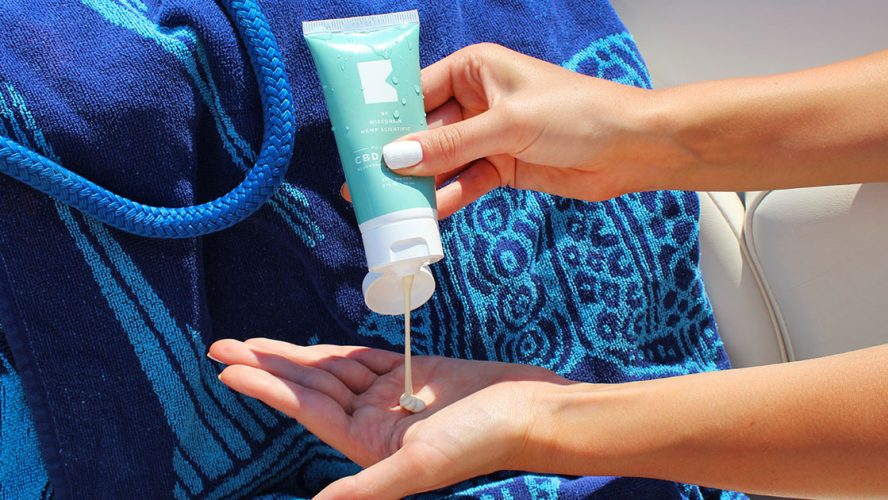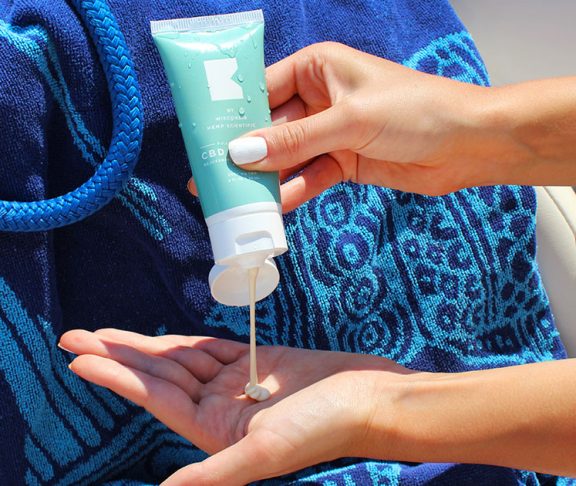Skin cancer is the most common cancer in the world, but it is also highly preventable. Protecting your skin from the sun is the number one way to reduce your risk.
It can be easy to find your commitment to sun safety slipping throughout a dreary winter. The dangers of ultraviolet (UV) radiation from the sun are not naturally top of mind on cold and overcast days, even though they’re still very real. While it’s important to stay vigilant about sun safety year-round, May is Skin Cancer Awareness Month and it’s a great time to reevaluate your sun protection routine before the summer.
Understanding UV
UV radiation is a proven human carcinogen, meaning unprotected exposure from the sun or an indoor tanning device is a major risk for skin cancer. Approximately 90 percent of nonmelanoma skin cancers and 86 percent of melanomas are associated with UV radiation from the sun. The good news is that you can protect yourself from the dangers UV rays pose — and consequently lower your risk of developing skin cancer. The Skin Cancer Foundation’s comprehensive approach to sun protection can help you do so.
Clothing is your first line of defense against the sun’s rays. Look for clothing with a UV Protection Factor (UPF) labeling of at least 30. A UPF of 50+ offers excellent protection. Fabric can absorb or block UV radiation, but the level of protection you receive from your outfit depends on several factors. Keep in mind the color, construction, and composition of your clothing; darker fabrics offer better protection than lighter clothing, a densely woven cloth like denim or corduroy protects better than a loosely woven one, and synthetic materials are a better defense than natural ones. Don’t forget to protect your face, scalp, and eyes with a wide-brimmed hat and UV-blocking sunglasses.
The importance of SPF
Sunscreen is another important part of daily sun protection. The Skin Cancer Foundation recommends applying a broad-spectrum (UVA/UVB) sunscreen with an SPF of 15 or higher every day. For extended outdoor activity, make sure your sunscreen is also water-resistant, and bump the SPF up to at least 30 or higher. There are many different types of sunscreen that come in different formulations. Whether you choose a chemical or physical sunscreen, a lotion, gel or spray, the important thing is consistency. I personally prefer physical sunscreen agents like zinc oxide and titanium dioxide, but the best sunscreen is the one you’ll use.
Be sure to use sunscreen, even if you work or play mainly indoors. Visible light, high energy blue light, and infrared can contribute to up to 15 percent of light-induced sun damage on the skin. Even casual commute time in your car can add up, and glass does not filter UVA light exposure — a wavelength associated with the development of melanoma.
Pay attention to the sun
Finally, be cognizant of the time of day and intensity of the sun. It’s true that UV rays can reach you even through cloud cover, but you should take extra care when the sun is intense. UV radiation is especially strong during peak sun hours (10 a.m. to 4 p.m.) and can hit you twice if you’re near a reflective surface like water, sand, or concrete.
Seeking shade can be a refuge in these situations. Try to bring an umbrella to the beach, walk on the shady side of the street, and seek out leafy trees at the park.
With the weather heating up around most of the country and pandemic restrictions beginning to lift, many of us are eager to get outside. By taking sun protection seriously and committing to a daily routine, we can all enjoy time outside without increasing our risk of skin cancer.

